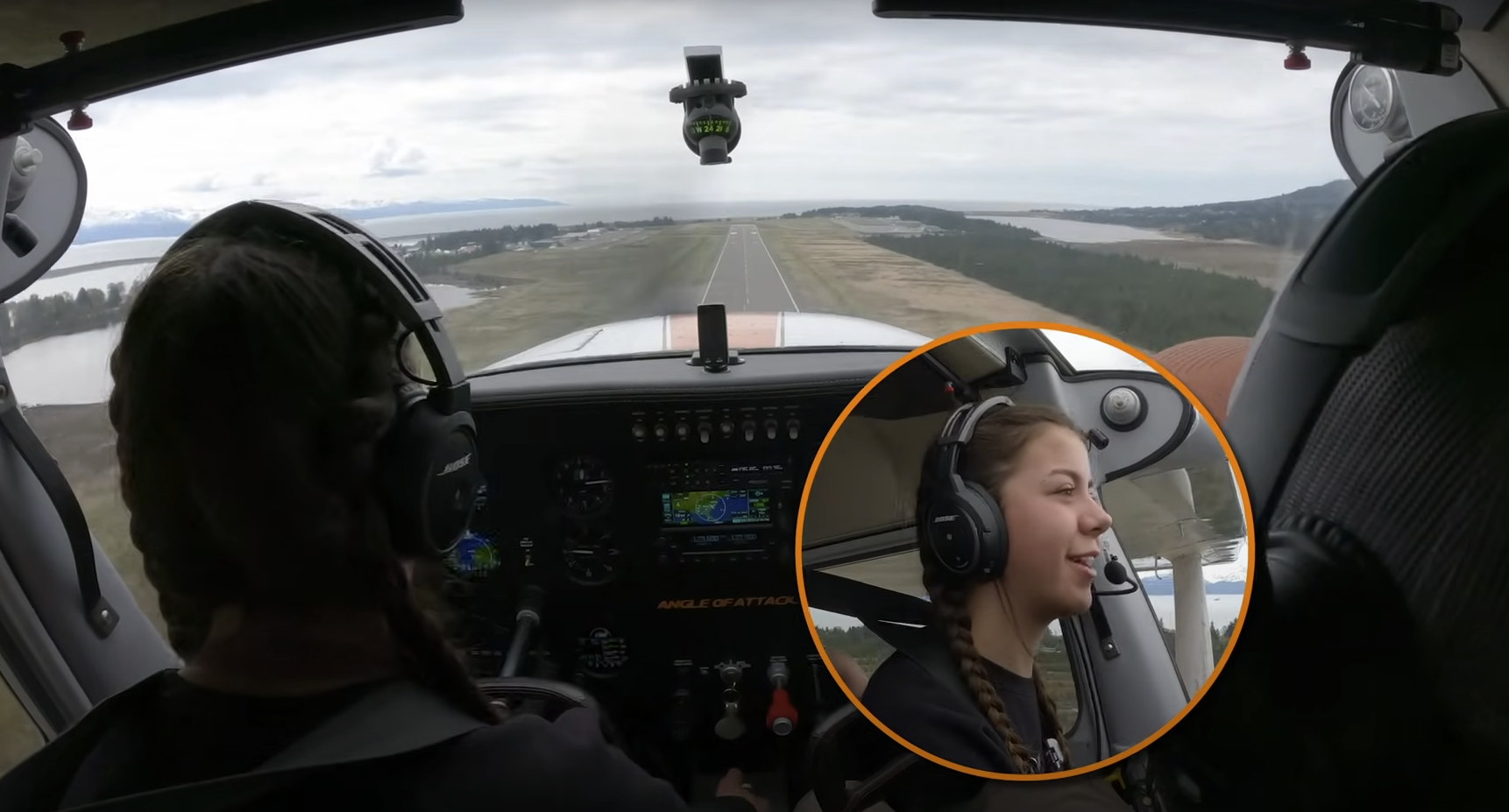
Steep Turns. What are they? Well, they’re turns in an aircraft that are… you guessed it… STEEP. Steep means at least 45º and above. In normal maneuver practice, 60º (commercial pilot) would be the top bank angle you’d want to try.
What’s the big deal? Well, we’re trading vertical component of lift for horizontal component of lift to do such a turn. When we do so, and because we lose that vertical lift, we need to add back pressure on the yoke to maintain altitude.
This causes what is called an Increased Load Factor. The wing FEELS like it’s weighted down more than in normal flight maneuvers.
For example:
0º –1G
45º — 1.4G
60º — 2G
75º — 4G
Of course by “G” we’re using a multiplying factor for G-Load. 1x is what we feel from day to day, and from there, you can do the math.
Throughout this maneuver you need to maintain altitude within 100 feet of either direction. You also need to roll out on the same heading you started on, +/- 10º. Commercial pilots need to connect two consecutive turns, one in each direction.
Power is big here. If you enter this maneuver without power, especially the commercial version, you’ll lose a lot of energy on the second turn, and keeping the maneuver going will be virtually impossible.
Add power, add rudder WHILE rolling in, set your visual attitude out the window, and then verify your bank angle and altitude. Make adjustments to your attitude as needed to keep altitude and bank angle. Usually finding a visual marker on the cowling will be a huge help. Lock that in on the horizon with a good initial setup, and you’ve got it made.
On the other side, roll out on your heading and be ready to get all that lift back. That means you need to compensate the other direction.
What are some practical uses of Steep Turns? Well, imagine you get in a box canyon and need to get out. Imagine you’ve seen an aircraft coming head on and only have second to react.
Jump in the conversation and let us know what you learned, or if you had another thoughts and tips for the community.
–––––––––––––––––––––––––––––––––––––––––––––––
VR is best viewed in HD. You can use the mouse cursor to move the view, or your finger on mobile device. Mobile devices can be used with the accelerometer to look around the cockpit. Check it out!
Chief Flight Instructor and President of Angle of Attack. Founded in 2006.

Stay Connected
Be the very first to get notified when we publish new flying videos, free lessons, and special offers on our courses.





